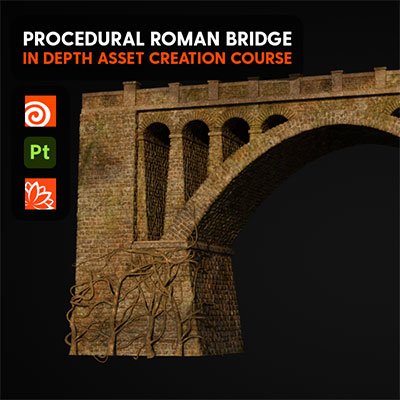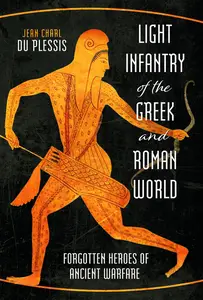
Free Download Roger S. O. Tomlin, "The Uley Tablets: Roman Curse Tablets from the Temple of Mercury at Uley "
English | ISBN: 0192888625 | 2024 | 400 pages | PDF | 21 MB
The Uley Tablets is the first full publication of the eighty Roman lead writing-tablets found in the excavation of a Romano-British temple in the Cotswolds, the temple of the god Mercury at Uley, Gloucestershire, together with two from the nearby site of Tarlton. Like those found in the hot spring at Bath, they are ‘curse tablets’, so called because they seek divine intervention against the writer’s enemies, who are mostly thieves unknown. They complain of farm animals being stolen or bewitched, even a stolen beehive (the first document of bee-keeping in Britain), the theft of clothing such as gloves, cloaks and gaiters, woman’s underwear, the theft of rings and sums of money ranging from two ‘mites’ to a hundred thousand denarii. In formalised language they ask the god to recover their property and punish the thieves with ill health or the ‘greatest death’.








